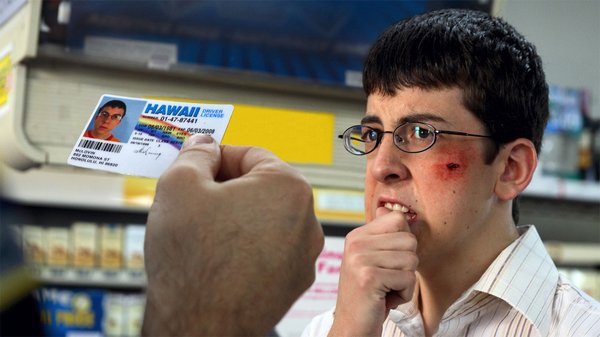Fake IDs plague the country, students fail to recognize consequences

June 1, 2015
The United States is plagued with a new epidemic. It infects our schools, our workplaces and our nightlife hotspots. The disease that plagues our youth is false identification, also known as fake IDs.
Statistics show that up to 70 percent of college-aged students in urban areas such as Los Angeles, New York or Miami have gained access to a fake ID. Seventy-three percent of those students are below the age of 21. Even Harvard faced a shock when it discovered that 19 percent of its underage students had made use of fake ids. This problem is real and rampant even at the finest institutions.
Some may question what the big deal is about wanting to get into the party scene just a little bit faster. While it might seem harmless, it is a misdemeanor offense. In the U.S., penalties vary from state to state, but they can include jail time, fines, community service and the suspension of one’s very real driver’s license. Bar and store owners often confiscate suspected IDs and may choose to display them publicly.
In some states, the use of a fake driver’s license has been made into a felony. This means more jail time, higher fines and years-long suspension of driving privileges. A felony means someone caught with a falsie would now have a criminal record. This creates obstacles to find a job, difficulties getting into college and possibly not being allowed to vote or own a gun.
The effects of fraudulence extend to the maker of the fake ID, regardless of whether or not they use it themselves.
A bar owner who lets an offender in with one of these ID’s, pardoned by a court or the police a claim of ignorance, also faces fines, suspension or even the removal of their liquor vending license. That means the bar is out of business. It has happened to bars with chronic problems with underage drinkers. Even if the business doesn’t go under, employees involved can be fined or even fired for failing to detect an under-age patron.
Now that these falsified identities are recognized as a problem, the question arises whether or not schools are doing or should do something to direct students toward social integrity. Perhaps the student body should take it upon themselves to change those previous statistics. By promoting safe habits at events and parties in the hopes that friends will abstain from over-indulging in any alcoholic beverages, perhaps these daunting statistics can be altered.
A seemingly small action like that can help deter the pursuit of illegally obtaining alcohol. Though it may be tempting, students should not let their lives tumble down simply because they want to “turn up.”